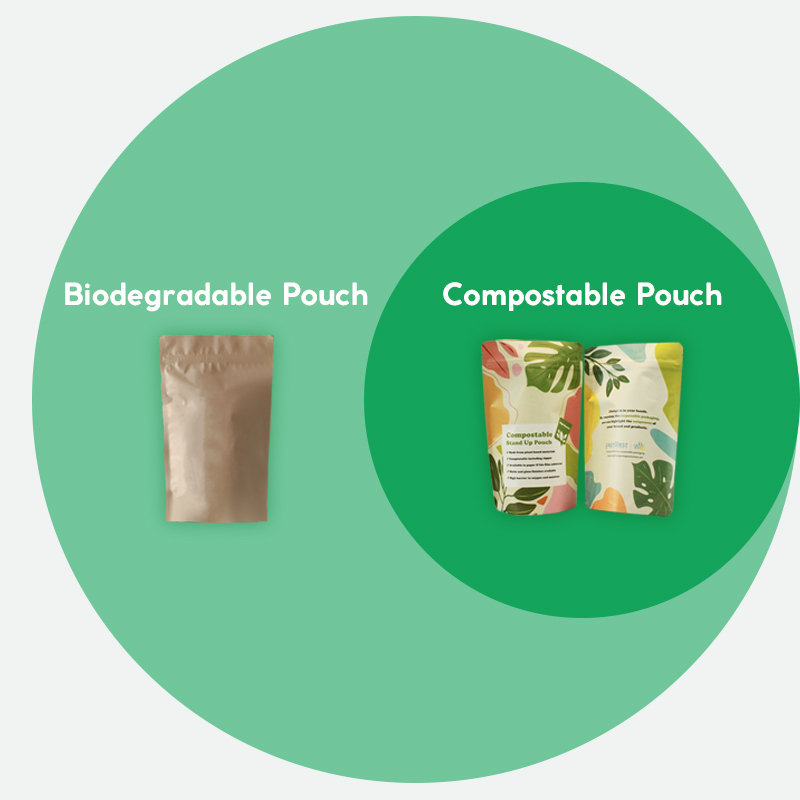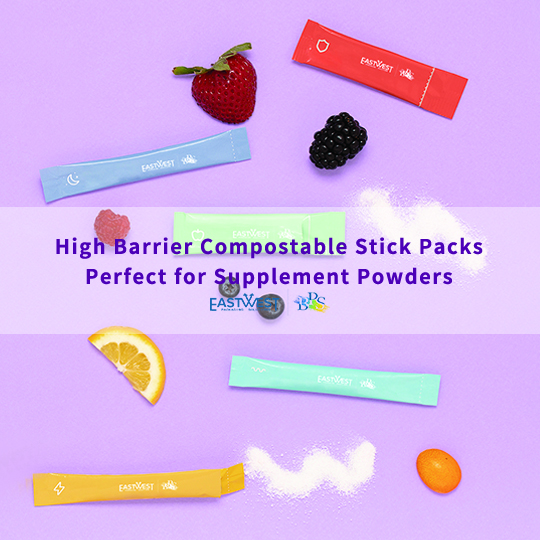【Excerpt】
Choosing the best packaging for your coffee is about a lot more than just an attractive design – although that’s important too.
Your packaging is what keeps your coffee fresh for longer, meaning it has a direct impact on the taste of those coffee beans you’re selling. It’s also what you have to work with every single day. And it’s what your customer will picture when they hear your name.
So that means you really need to get the packaging right. Of course, there isn’t one right type of packaging – it depends on various factors such as the scale of your business, your filling processes, and what you customers are like.
So what major factors should you consider when selecting your coffee bean packaging? We would like to share six factors for your reference. If you take them into account, you’re sure to choose the best packaging for your business.

1. POUCH STYLES
There are a variety of pouch styles available for coffee beans. The most common pouch styles favored by coffee roasters are:
It’s vital that your coffee beans stay fresh, which means that your packaging needs to be airtight. You can recognize this by the presence of a degassing valve, which lets CO2 out of the bag after the beans are roasted. However, it will only work if you seal the bags with a heat sealer, so make sure you purchase a good one.
Your packaging will also need a barrier. Coffee is very sensitive to external influences, and this will keep out oxygen, UV, and other factors that might affect your beans’ profile.

3. THE FILLINE PROCESS
How do you fill your coffee bags? Many start-ups and micro-roasters opt to manually or semi-automatically pack them, meaning that bag design can really speed up – or slow down – the process.
If your bag comes with a zipper to reclose it, chances are the bag has two corners on the top, like with a stand up pouch. If your bag doesn’t come with a zipper, it’s more likely the bag has four corners on the top, like with a side gusset pouch. And filling that is what’s called an “open mouth execution” – as you can imagine, the opening of a side gusset pouch is larger and therefore easier to fill manually or semi-automatically.
Should you decide you want a stand up pouch, but you happen to manually fill your bags, make sure the opening is wide enough to fit your scoop or weigher funnel in. You’ll also want to check that the bag itself opens up easily, either as a result of you inserting your hand or the weight of the beans.
As for the flat bottom pouches, they could come with a two-cornered top side and a “regular” zipper, or with a four-cornered top side and a “pocket” zipper. This is a tear stroke which opens up the zipper on the front or back panel of the bag to create a pocket. Make sure to check before you commit.
Alternatively, if you do use – or are considering purchasing – a packaging machine for automatic filling, make sure you know what type of packaging the machine can handle. Fortunately, most machines available nowadays can handle both types.
4. RESEALABILITY
Consumers who use the beans straight from the package will love a resealable feature like a zipper. Although the packaging loses its airtight qualities as soon as it’s been opened, the ability to reclose the bag will make a definite – and, some would argue, crucial – difference to the freshness of the beans. You can let your customers know that it’s best to push all the air out of the bag before closing it, leaving a minimal amount of oxygen inside.
That doesn’t mean that you should never get a bag without a zipper. However, this type of packaging is best for one-use products, such as when you empty a full bag into a hopper or espresso machine. This means that bags without zippers are often best for retail bags. Or for home users who like to consume seriously large amounts of coffee each day…
When selecting a zipper pouch, be aware that the package also needs to be consumer-friendly: users will need to be able to get all the coffee out, and back in, down to the last bean. Some packaging manufacturers like BPS even makes coffee bags with Powder Resistant Zipper which is more user-friendly for ground coffee.
5. DESIGN OF PACKAGING
Every company needs to distinguish itself from its competitors – and one of the easiest ways to do that is through your packaging. There are so many ways to create unique bags that will draw attention.
Attractive artwork is one way to establish your style. Another is to use different varnishes, metallic or neon colors, an integrated zipper and valve, shaped pouches, and even distinctive measurements. You could also focus on consumer friendliness, for instance by using laser perforation to make opening the bag easier. Be creative, because the possibilities are endless.
6. PRINTING / LABELS
The specialty coffee industry loves its labels, and rightly so. Since you might deal with different origins and lots throughout the season, you need a good label to communicate the origin(s), processing method, roast date, and more of your beans. Don’t rush this design; such a crucial element deserves your time.
For stock pouches, you might want to use a larger, more complex label with a pre-printed logo and company details. But with a customized bag, you’re by-and-large better off with a smaller, cleaner label that communicates details about the coffee; the brand’s identity will be better demonstrated by the packaging design.
Try to match the material of your label with the bag itself. A matte plastic or paper label blends in nicely with a matte surface. Shiny labels, on the other hand, go better with shiny bags. A matte transparent plastic label suits a kraft paper bag best, showing the paper texture through the label. And don’t forget to figure out if you want to draw attention to the label, in case you can use a stock pouch, or to the pouch itself if it concerns a customized bag.
Printing your own labels is cheaper and gives you more flexibility than purchasing ready-to-apply labels. Buy a good label printer and create a template in your own style, which you can then easily change the details of. Decide if you want to use colors on your labels or if you’re fine with only black. If you opt for color, it’s recommended that you get the logos and artworks pre-printed by a supplier, since color cartridges for label printers are quite expensive.
Having said that, colors and different font styles will have a bigger impact on customers than plain text will – especially if the customer doesn’t know a great deal about coffee. You can also use these different colors and styles to distinguish your espresso roasts from your filters, or your blends from your single origins. But be careful to keep it consistent and intuitive: if the message your coffee bag communicates is unclear, a consumer might just grab the next one on the shelf instead.
******************************************************************************************************
Click the below link and connect with BPS that Offers a variety of coffee packaging and sustainable packaging solutions:
Blog Editor: Jasmine Zhang
Updated on December 31, 2020
Reference: Perfect Daily Grind
Contact BPS Team: inquiry@bestpackagesolutions.net
 Eco-Friendly Packaging Materials The Next Wave in Sustainable Design, Right at Your Fingertips!
Eco-Friendly Packaging Materials The Next Wave in Sustainable Design, Right at Your Fingertips!
 Interested in Elevating Your Packaging to the New Height?
Interested in Elevating Your Packaging to the New Height?
 Compostable vs Biodegradable: Which Pouch is Best for the Environment?
Compostable vs Biodegradable: Which Pouch is Best for the Environment?
 Compostable Stick Packs for Supplement Powder
Compostable Stick Packs for Supplement Powder